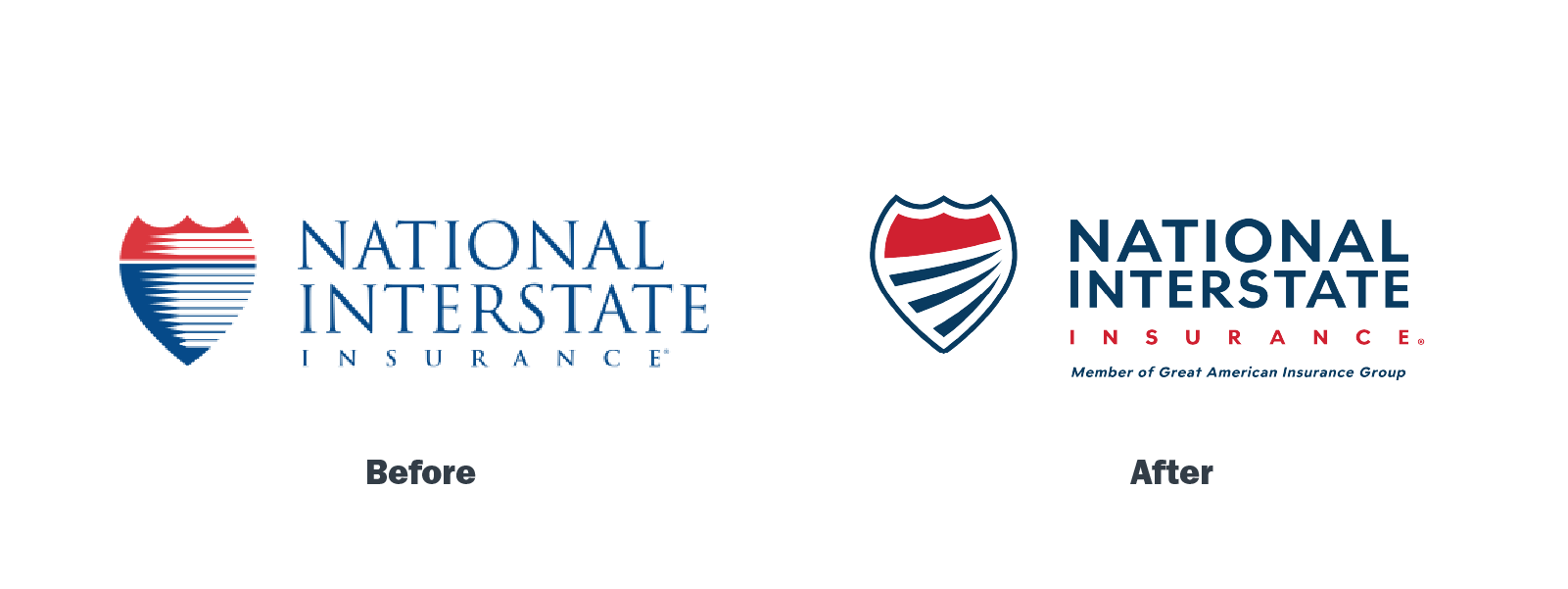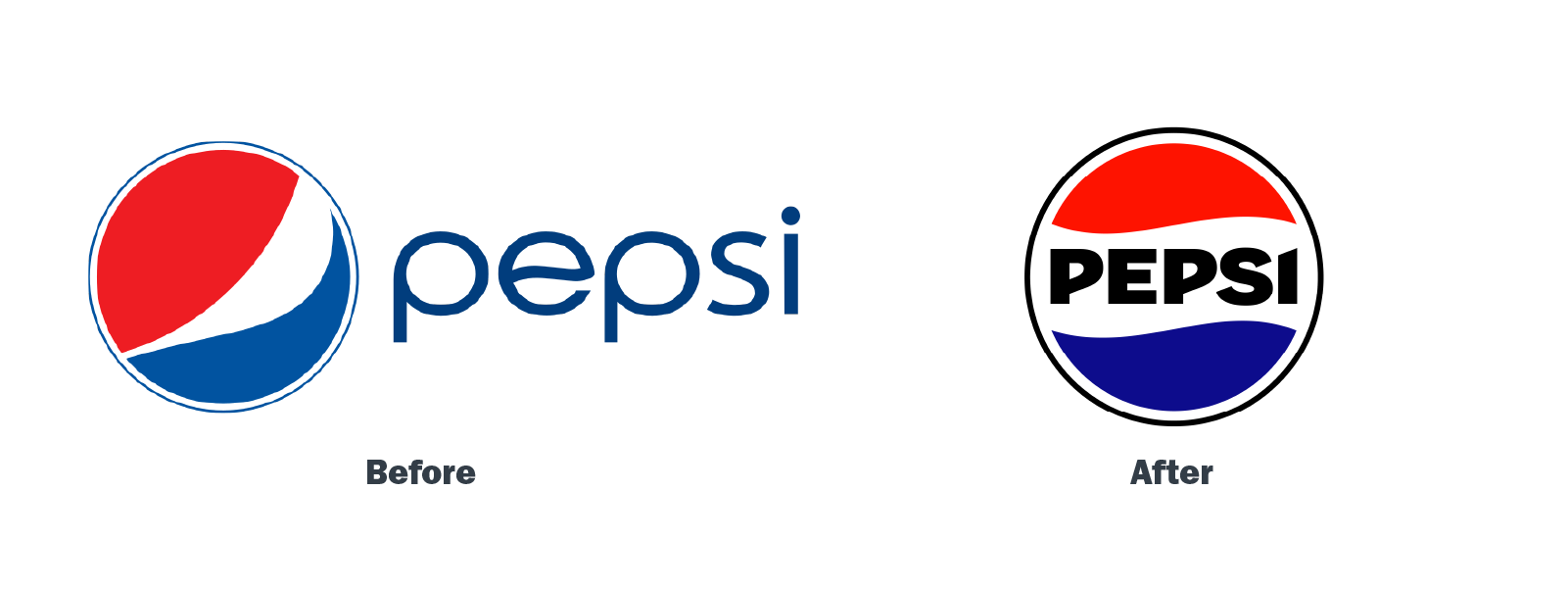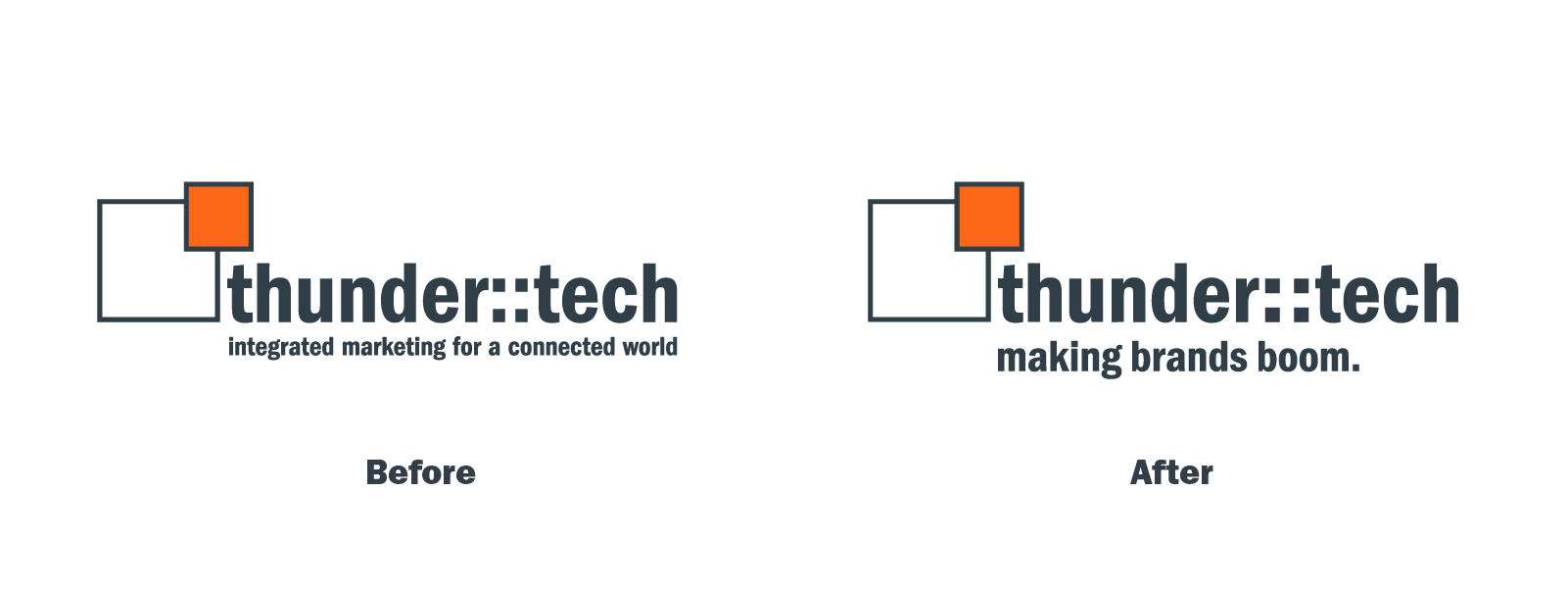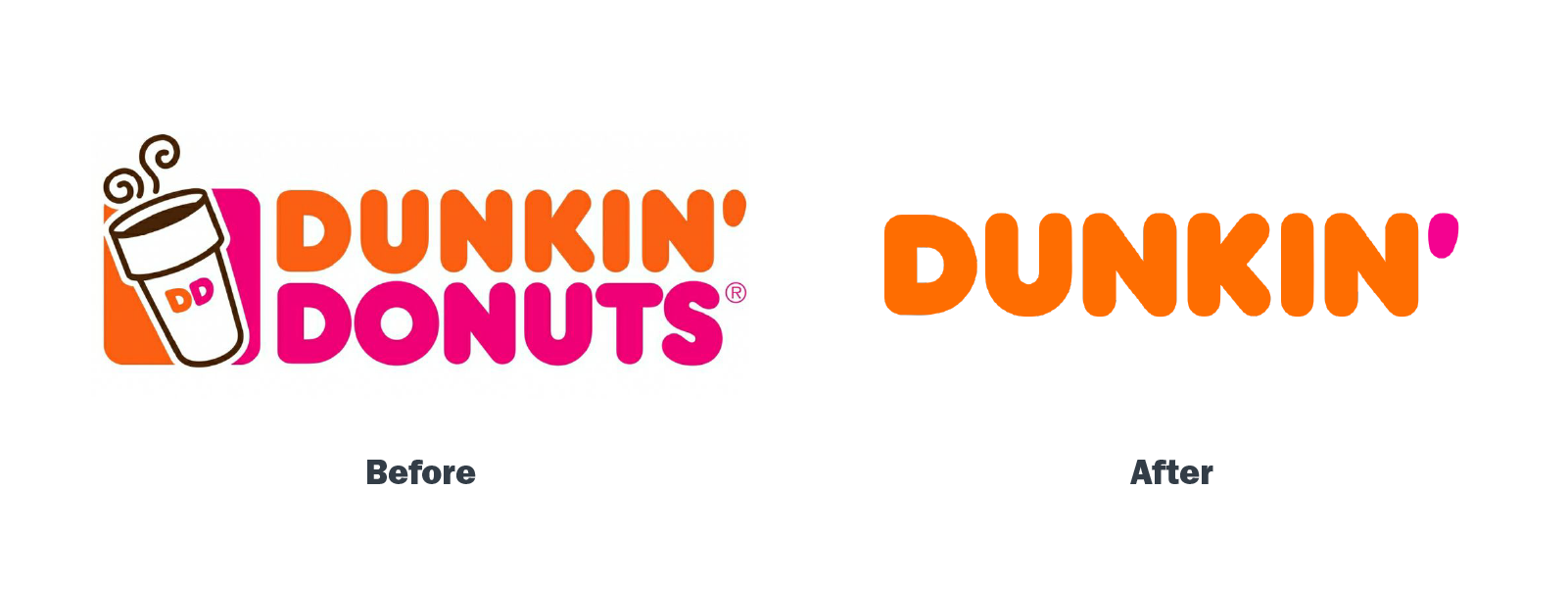Finding the Right Moment for a Change
When is (or isn’t) it time to rebrand?

But timing is everything, especially in today’s ever-shifting landscape, and you only get one chance to make a big impression. How do you know when it's the “right time” to undergo a rebrand? What’s the ideal scenario for a brand evolution (or revolution)?
What is a brand?
When you think about a brand, there’s more to the story than a product or logo—a brand is an experience. Jeep is more than a car company, it’s a lifestyle for adventure off the beaten path; Bulleit is more than a bourbon distillery, it’s kicking back with an appreciation for finer things; and Hulu is more than a streaming service, it’s quality time spent with friends and family watching or even binging your favorite shows. These companies didn’t find immense success by accident. It was planned out with thoughtful strategy, precision and timing. Good brands are not about good products, but about providing powerful experiences to an ideal audience.
Just like a brand is not a product, a brand is also not a logo. Your logo and the rest of your brand identity are the outward-facing, visual assets of your brand, but they are not your brand. Rather, the brand is the all-encompassing experience of interacting with a company at every point, from an ad to the customer service line to the product packaging.
What is a rebrand?
A rebrand is an overhaul or close examination of current brand assets, including messaging, identity and imagery. A rebrand is not just a logo change because your brand is not just a logo. Instead, think of a rebrand as a natural extension of a brand’s ability to evolve and an indication of its willingness to adapt and change in order to maintain success.Successful brands don’t last without keeping up with the times. However, going through a rebrand is a big decision to make and isn’t something that should be happening every few years when you get bored. A quality rebrand needs to be long-lasting, impactful and have real purpose behind it.

Is it time to rebrand my company?
When companies ask themselves, “Is it time for a rebrand?” the answer isn’t ever a simple one. Rebrands are complicated, carry big risks and take a lot of time. Plus, with multiple decision-makers involved, the process can become even more challenging depending on the circumstances of a rebrand. So how do you know when the time has come for a company rebrand? Strategically, major reasons could be:
1. The brand is very outdated
If you’ve had the same branding for decades, or recently shifted your company to offer a new service or public image, it’s a clear signal that a rebrand is overdue, as your brand should reflect the change of time or change in your values.
National Interstate Insurance (NII), a leading provider of insurance solutions for commercial transportation, faced a similar challenge. Their outdated branding no longer represented their innovative approach or leadership within the industry.
To help NII reestablish itself, we redesigned their branding, starting with a deep dive into the company’s core values and vision. The result? A fresh, modern brand identity that aligned with their mission and captured the attention of their audience.

2. Sameness in the industry
If you’re looking like or speaking like everyone else in your industry, it could be time for a change. When your messaging and visuals start feeling generic, you lose that unique spark making your brand special. Embracing change can breathe new life into your brand and re-engage your audience.
For example, after 14 years of maintaining a similar look and blending in with other sodas, Pepsi decided to shake things up with a bold rebranding. They ditched the dull colors and welcomed vibrant shades, introducing a lively new identity. This shift from conventional minimalism to bright maximalism design helped Pepsi appeal to younger consumers and really pop in digital spaces.

3. Brand positioning
A rebrand can be extremely useful in revamping your messaging to reach a new or different target audience. It’s a chance to leave behind an outdated image and catch up with current trends, bringing in new faces. With a fresh look and more targeted messaging, you reshape how people see your company.Once seen as a niche brand for adventurers and construction workers, Stanley reinvented itself and its thermoses to enchant a much broader audience, particularly women and younger generations. They added trendy pastel colors and sleek designs along with leveraging social media influencers, which completely changed the game. Suddenly, Stanley wasn’t just for camping trips—it became a viral sensation, boosting sales and putting Stanley back in the spotlight.

Photo by Natilyn Photography on Unsplash (right photo)
4. Brand messaging
When a brand’s future begins to feel different than the messaging, a review and rebrand should be in order. This type of rebranding is sometimes more of a partial rebrand or refresh, rather than blowing it all up, especially if your identity is strong.
That’s exactly what we did here at thunder::tech. After 25 years of growth and change, we knew it was time to refresh our brand to better reflect who we are today and where we’re headed. So, we updated our logo, messaging and overall look to stay in tune with our innovative approach while holding on to the core values that got us here.

5. A change in name
A rebrand doesn’t always necessitate a name change, but a name change often signals a rebrand. Brands may choose to change their names for a variety of reasons, such as when the current name is outdated or after a PR crisis. A name change can also be powerful way to send a clear message about where the brand is headed next.
Look at Dunkin’: they dropped “Donuts” from their name to show they’re about more than just pastries. This shift wasn’t just about the name; it came with a whole new vibe that focused on their tasty coffee and a simplified menu. By making this move, Dunkin’ opened the door to a whole new crowd looking for quick pick-me-ups beyond just donuts.

When NOT to rebrand
While there’s plenty of good reasons to undergo a rebrand, it’s not always the best idea for your business. Here are a handful of examples showing times when you should NOT rebrand, but instead, pick a different way to mix things up.
1. Boredom
You’ve probably lived with your brand for years and stared at it every day. Just because you’ve become fully accustomed to it, doesn’t mean your target audience has. It may be very new to them and hit the mark. Changing things up too fast removes consistency and can cause confusion, especially if your logo and voice are well-known.
2. Your competition did it
Following in the tracks of your competitors might sound like a great idea to feel like you’re keeping up. But constantly trying to one-up a rival is more reactionary than strategic, which loses the feeling of being original and real.
3. Leadership wants to break the mold
Sometimes new folks at companies want to leave their mark when they become part of the team. Just because your new board members like blue, doesn’t mean your longstanding palette of primarily using orange should change to appease them. Egos should be left at the door and the focus should be on the company and audience, not oneself.
4. A drop in sales
Sure, a drop in sales can be alarming and it’s certainly tempting to react impulsively to fix the issue right away. But completely blowing up your marketing and branding may not be the solution. Instead, a tweak or update in key campaign messaging (not brand messaging!) or visuals is a nice way to evolve in the short term.
Remember, your approach to rebranding is a massive undertaking. There’s no substitute for preparation, strategy and research—and there’s absolutely no cutting corners. Additionally, once you’ve rebranded it doesn’t mean you can dust your hands off and call it a day until the next rebrand because any well-oiled machine still requires constant attention. In the case of your brand, this means consistently posting on your social media pages, rolling out fresh content on your website and staying actively engaged with your audience.
If you’ve decided a rebrand is the right move for you, we’re here to help! Whether you need a total overhaul or a simple refresh, get in touch with our team to start planning the future of your brand.

About the Author
About the author::Joe Cola, who sadly has no connection to the world famous brand, Coca-Cola, is the Art Director at thunder::tech. When he isn't designing, Joe loves going to the zoo or the metroparks. He also considers himself a "dinosaur expert."